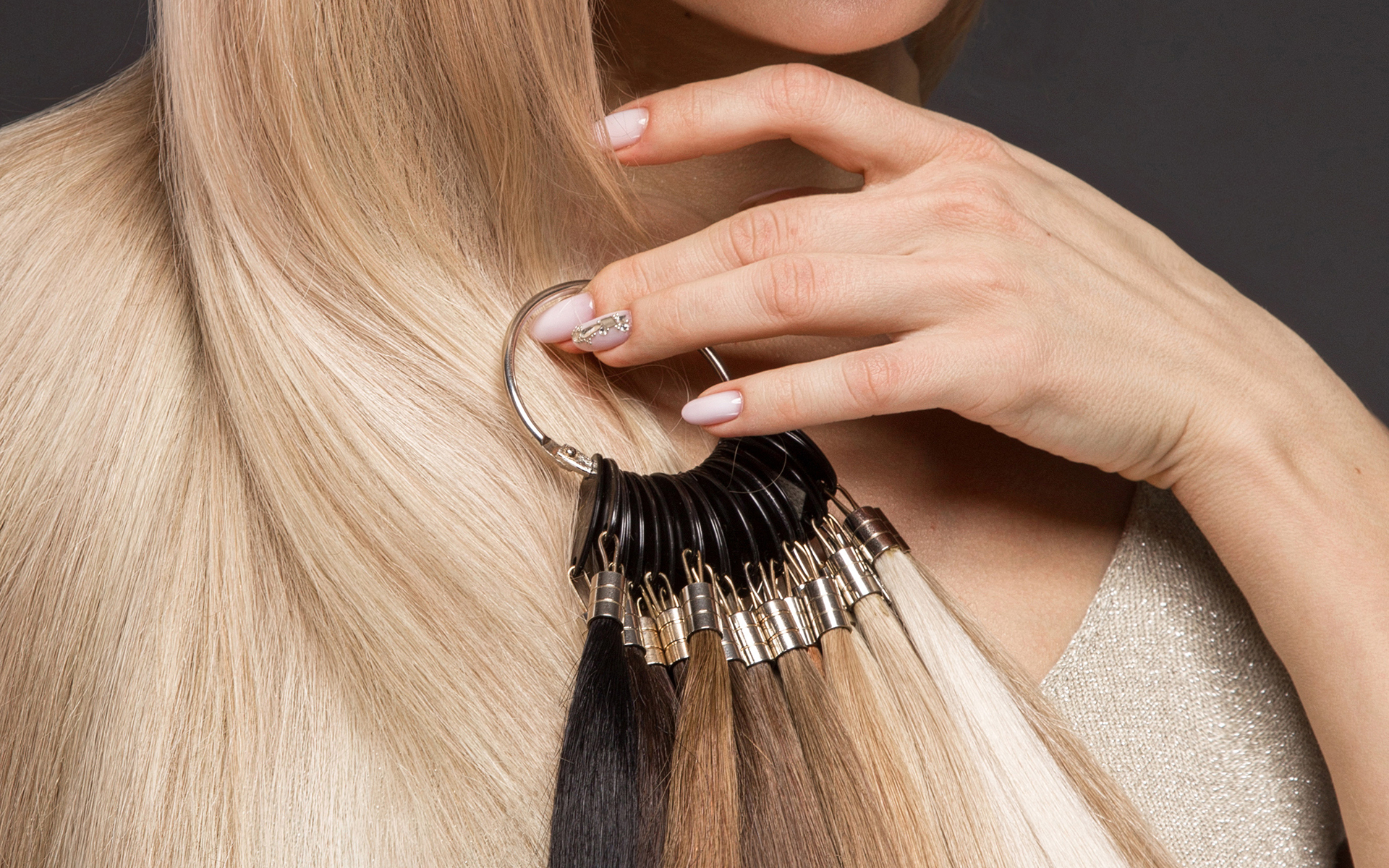Hair extensions have become a popular way to add length, volume, and style versatility without waiting for natural hair to grow. Whether you’re looking for a temporary boost or a long-lasting change, hair extensions offer a range of methods to suit different needs and hair types. Three of the most common techniques include the weft method, nano and micro rings, and tape extensions.
Weft extensions involve sewing or bonding a curtain of hair onto natural strands, offering a secure and durable option. This method is great for adding significant volume and length, and it can last for weeks with proper care.
Nano and micro rings are individual strands of hair attached using tiny metal beads, making them nearly invisible and lightweight. This method is favoured for its minimal damage and flexibility, as it doesn’t involve heat or glue.
Tape-in extensions use adhesive strips to attach wefts to natural hair. They are known for their seamless blend, quick application, and ease of removal, making them ideal for people who want a non-invasive and temporary option.
There are also, keratin bonds, fusion bonds, easy shrinks, mini tubes and different weave methods that are available though less popular for different reasoning ranging from time for application, longevity or feel and appearance.
Each method offers different benefits, allowing you to customise your hair extension experience based on your desired look and lifestyle.
People opt for hair extensions for various reasons, from enhancing their appearance to boosting confidence. Common motivations include adding length and volume to thin or short hair, experimenting with different hairstyles or colours without making permanent changes, and creating a fuller look for special occasions like weddings or events. Hair extensions can also be used to cover up bad haircuts or to transition between different hair lengths.
However, not everyone is a candidate for hair extensions. Certain scalp conditions and health issues may make wearing extensions inadvisable. For example, people experiencing alopecia, severe hair loss, or thinning due to hormonal changes (like postpartum hair loss or menopause) may not be suited for extensions, as they can place additional stress on already fragile hair.
Conditions such as seborrheic dermatitis, psoriasis, or scalp infections can also make wearing extensions uncomfortable and worsen symptoms. Extensions that pull on the scalp, such as micro rings or sewn-in wefts, could aggravate these conditions further. In these cases, it’s important to consult with a professional hair stylist or dermatologist to determine the best course of action.
For individuals with underlying hair loss or scalp issues, non-invasive treatments or wigs may be a better option until the scalp is healthy enough to handle the weight and tension of extensions.

